 Abraham Lincoln
If given the truth, the people can be depended upon to meet any national crisis...
Abraham Lincoln
If given the truth, the people can be depended upon to meet any national crisis...
 Guildford news...
for Guildford people, brought to you by Guildford reporters - Guildford's own news service
Guildford news...
for Guildford people, brought to you by Guildford reporters - Guildford's own news service
Birdwatcher’s Diary No.133
Published on: 16 Apr, 2017
Updated on: 21 Apr, 2017
By Malcolm Fincham
April started with what looked as if it might be a typically showery month. I took an afternoon trip with Dougal to Frensham Little Pond in the hope of a few new species to add to this year’s sightings.
We were welcomed by the sound, once again, of a chiffchaff singing. I was becoming concerned that it was the same one, following me to every destination I have visited recently!
And we were also greeted by a less welcoming heavy April shower as we made our way to the lakeside, where a ”Jenny” wren let out its machine gun-like call, alarmed by our presence.
Through the rain a grey heron lumbered across the lake.
While a pair of great crested grebes, unperturbed by the weather, continued to do their courtship dance.
The prize for our visit and soaking there, was counting more than 80 sand martins, as well as six or more swallows. These were the first we had seen this year. They had just arrived back from their winter stay in Africa and could now be seen hawking flying arthropods over the water. With some concern for my camera in the rain, I chanced a few record shots.
Having seen some blue sky heading our way, I decided to wait a little longer before taking any more pictures. This was only to find that as soon as the sun broke through, the hirundines rose high and out of sight following their food source that had previously been held down by the rain.
The sight of the sun, brought a skylark into song.
Shortly joined by the sound of a woodlark.
It was then we instantly recognised the most welcoming sound of the day, for the first time this year. Two willow warblers, close by, announcing their arrival back from Africa.
Joined by the melodic sound of a blackcap, one of many now in full tune and letting their presence be well known, since the start of the month, around the Surrey countryside.
The forecast of high pressure building over the UK, as well as the possible sighting of a few more summer visitors, lured us on what turned out to be a premature coastal visit to Pagham in West Sussex the following day.

Little ringed plover. Daintier than the ringed plover. It has a black bill, pale, creamy-brown legs and a bright yellow ring around the eye.
Things started well, picking out two little ringed plovers, on Sidlesham Ferry pool.
Blackthorn in full blossom and temperatures rising to an unseasonably warm 25c suggested a full-term feel of summer, although a coastal breeze kept things pleasant.
We also heard the sounds of several Cetti’s warblers and even a sedge warbler, singing from deep within the brambles. Although, fleeting glimpses were the best we could achieve.
Always a delight for me to see in their handsome breeding plumage, were three Mediterranean gulls making their nasal “yeah”call, as they flew overhead. Dougal, having missed my sighting of them and having not been with me when I saw the ones at Farlington a few weeks ago, later picked a group of five or more on the beach, a little further down the road at Church Norton.
Having chased numerous speckled wood butterflies since the start of the month, I finally managed to catch up with one, willing to settle long enough to be photographed.
Looking along the sunlit shoreline in an easterly direction from Church Norton, a distant view of what looked to be Bognor Regis could be seen in all its glory.
Some distance across the pebbles, we were able to view a male and female wheatear. (I hope to get some closer views in weeks to come).
Other highlights of the day were a small group of grey plovers and turnstones, feeding at the tide line.
Also catching what was an optimistic shot of two ringed plovers as they flew by.
On days following there was an abundance of orange-tip butterflies emerging.
They were most noticable on my local ‘patch’ at Stoke Nature Reserve, where they seemed to have taken a liking to the abundance of lady’s smock, also known as the cuckoo flower. That plant also seems to be having a good year, both along the boardwalk there, as well as at other locations I have visited around Surrey during the past few weeks.
I took to photographs of both male and female orange-tips feeding on them.
Holly blue butterflies had also been tempted out on the wing by the warmth of the sun.
A visit to the Stoke Nature reserve one sunny evening after the butterflies had gone to bed, I practised a few “in-flight” shots, by the lakeside. I picked out a cormorant as it flew low over the water.
Also, the common sight there of a Canada goose, as it came in to land on the lake.
The wintering teal had all gone, while the dwindling count of four tufted ducks on the lake at the start of the month, was reduced to none by April 10.
Along the waters edge, in the sallows, now just starting to come into leaf, I managed to capture several shots of one of a number of male reed buntings. This was while the sun was still high enough to show them up in their handsome summer plumage.
Returning across the boardwalk, I spied a roe deer as it grazed in the water meadows. Although not far from view, it remained untroubled by my observations, looking my way from time to time, then continuing to feed on the vegetation.
Leaving him to enjoy his meal in the last of the fading light, one last sighting of the day came into view. The mouse-like critter climbing the tree close by was of course a treecreeper – heavily disguised by the bark surrounding it. Only managing a decent shot of it as it dropped into some low sallows nearby.
In the company of two good pals, Bob and Dougal, on April 9, we visited Witley Common, near Godalming. We weren’t long there when Bob pointed up to the clear blue sky. Following his gaze we spotted a number of ‘birds of prey’, soaring high in the thermals.
At least one was a common buzzard, but between us, and though they were distant, there was one of similar stature to the buzzard, that certainly looked good for a female goshawk?
Quite possibly with the smaller male of the species circling with her.
Nearer to the ground, a willow warbler could be heard.
While nearby a chiffchaff was calling. This enabled me to depict the difference of the two similar species.
A puzzle originally resolved by the parson-naturalist Gilbert White, who lived in Selbourne, Hampshire, not too far away. He was the first person to realise that the “willow-wrens”, along with the wood warbler, were indeed three different species, separable most easily by song.
Listening out, we caught the sound of a common redstart not too far away. Checking out the direction of its song we spotted it high in a pine tree. Another first for the year!
Adding to the day list was a Dartford warbler. And the unmistakable, gronking sound and brief view of a raven over the pines.
With time to spare, we also spent a while in Chiddingfold later that afternoon.
Peacock butterflies were abundance there, with a few noticeably pairing up.
The prize of the day was the sound of two nightingales. They appeared to be contesting over a territory deep within the scrub. Brief glimpses could be caught, with one or the other perching in the open for a few seconds, then disappearing back into the undergrowth, still in full song.
Other sightings and photos on my ‘travels around the Surrey countryside in the past few weeks included:
A swallow, back from Africa, hawking around a barn it probably nested in last summer, at Blackheath Farm, on April 7.
A willow warbler singing on Whitmoor Common.
Two drake mandarin ducks, perched on a tree branch.
Another firecrest, this time on Albury Heath.
Getting my best pictures yet, more by luck, of one managing as it dived down to catch what looks to be a small spider.
While also getting a few pictures of its equally tiny cousin, the goldcrest.
Comma butterflies were still plentiful.
While brimstones could still be seen out on the wing.
Two male chaffinches scrapping mid-flight.
Out on a private lake, a rather spoilt swan had built its nest from a loose hay bail that had been delivered to its island by the lakes’ owners.
In woodland near the lake, bluebells had started to break out in bloom – a sight well worth looking out for throughout the Surrey countryside during the Easter holiday.
Responses to Birdwatcher’s Diary No.133
Leave a Comment Cancel replyPlease see our comments policy. All comments are moderated and may take time to appear.
Recent Articles
- Guildford Institute’s Crowdfunding Project for Accessible Toilet in its New Community and Wellbeing Centre
- Letter: Guildford – Another Opportunity Missed?
- Letter: GBC’s Corporate Strategy – Where Is the Ambition?
- My Memories of John Mayall at a Ground-breaking Gig in Guildford Nearly Six Decades Ago
- Westborough HMO Plans ‘Losing the Heart of the Street’ Says Resident
- College Invests to Boost Surrey’s Economy and Close Digital Skills Gap
- Community Lottery Brings Big Wins for Local Charities
- GBC Housing Plan Promises ‘A Vibrant Urban Neighbourhood’ Near Town Centre
- Hospital Pillows ‘Shortage’ at the Royal Surrey
- Updated: Caravans Set Up Camp at Ash Manor School


Recent Comments
- Ian Macpherson on Updated: Main Guildford to Godalming Road Closed Until August 1
- Sara Tokunaga on GBC Housing Plan Promises ‘A Vibrant Urban Neighbourhood’ Near Town Centre
- Michael Courtnage on Daily Mail Online Reports Guildford Has Highest-paid Council Officer
- Alan Judge on GBC Housing Plan Promises ‘A Vibrant Urban Neighbourhood’ Near Town Centre
- John Perkins on GBC Housing Plan Promises ‘A Vibrant Urban Neighbourhood’ Near Town Centre
- S Collins on GBC Housing Plan Promises ‘A Vibrant Urban Neighbourhood’ Near Town Centre
Search in Site
Media Gallery
Dragon Interview: Local Artist Leaves Her Mark At One of England’s Most Historic Buildings
January 21, 2023 / No Comment / Read MoreDragon Interview: Lib Dem Planning Chair: ‘Current Policy Doesn’t Work for Local People’
January 19, 2023 / No Comment / Read MoreA3 Tunnel in Guildford ‘Necessary’ for New Homes, Says Guildford’s MP
January 10, 2023 / No Comment / Read More‘Madness’ for London Road Scheme to Go Ahead Against ‘Huge Opposition’, Says SCC Leader
January 6, 2023 / No Comment / Read MoreCouncillor’s Son Starts Campaign for More Consultation on North Street Plan
December 30, 2022 / No Comment / Read MoreCounty Council Climbs Down Over London Road Works – Further ‘Engagement’ Period Announced
December 14, 2022 / No Comment / Read MoreDragon Interview: GBC Reaction to the Government’s Expected Decision to Relax Housing Targets
December 7, 2022 / No Comment / Read MoreHow Can Our Town Centre Businesses Recover? Watch the Shop Front Debate
May 18, 2020 / No Comment / Read More






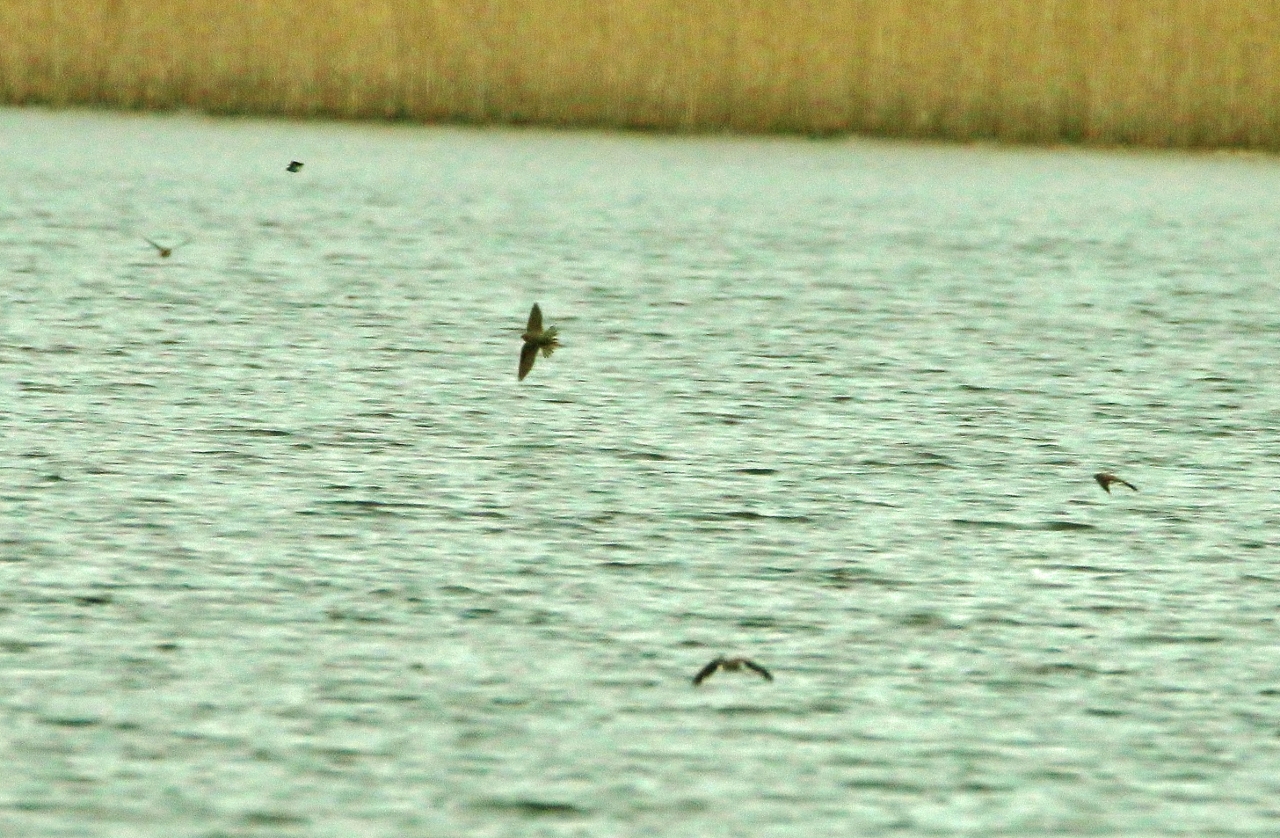
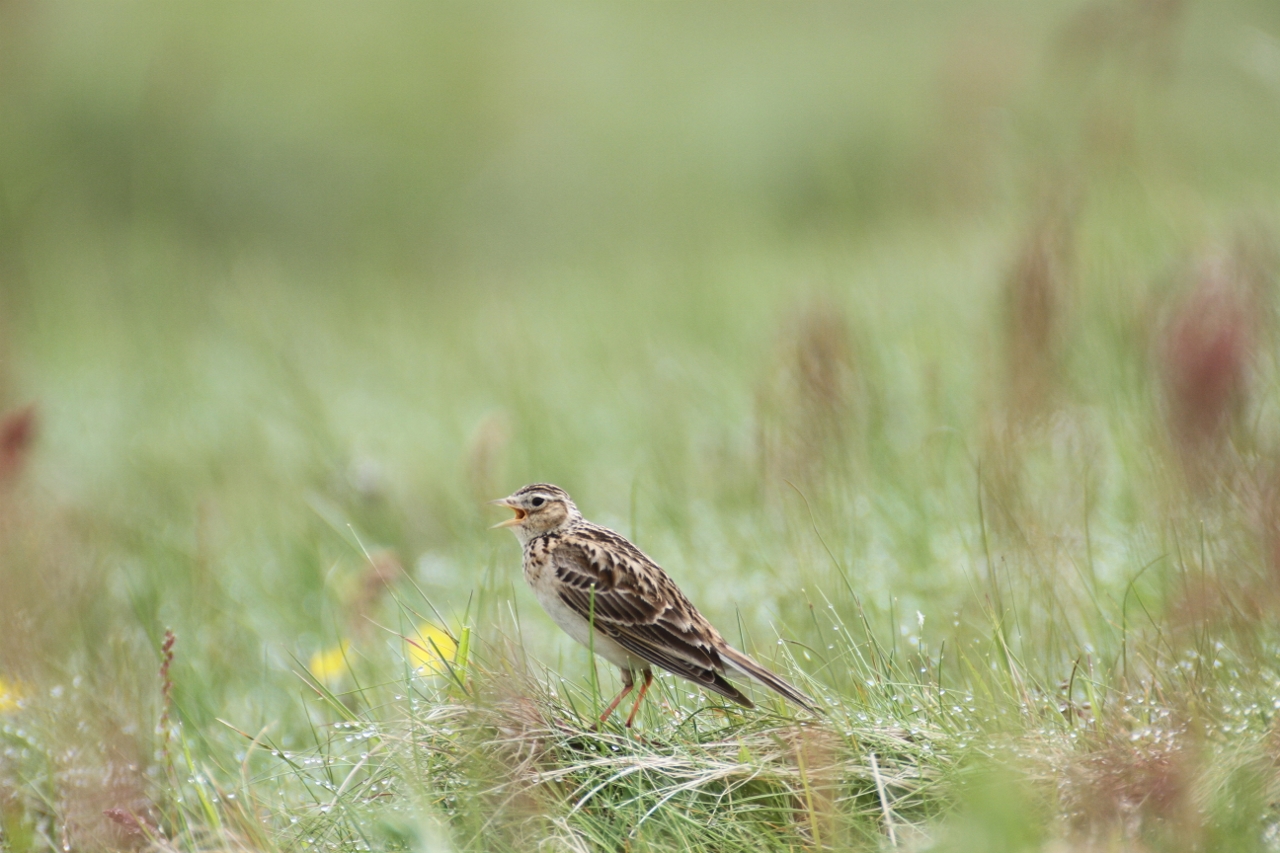
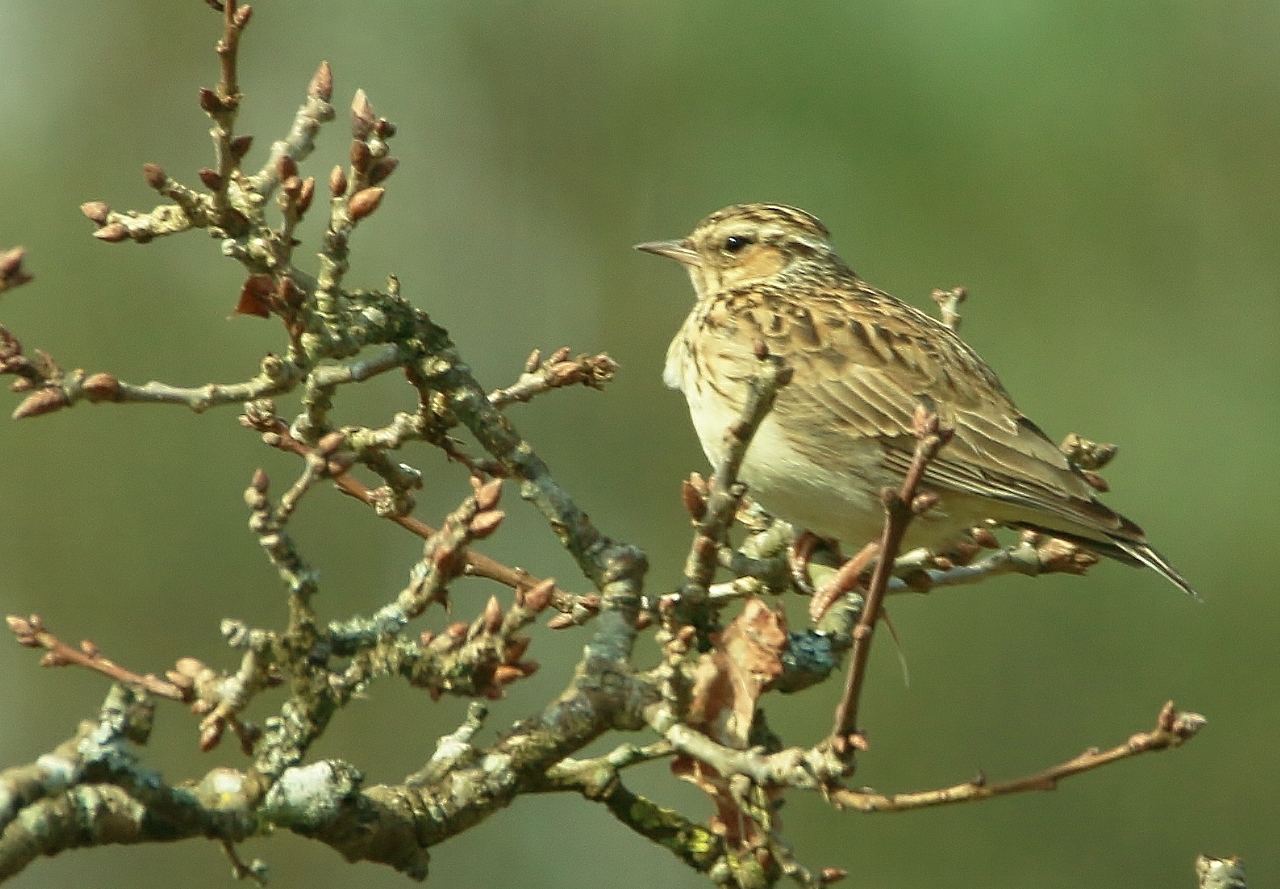

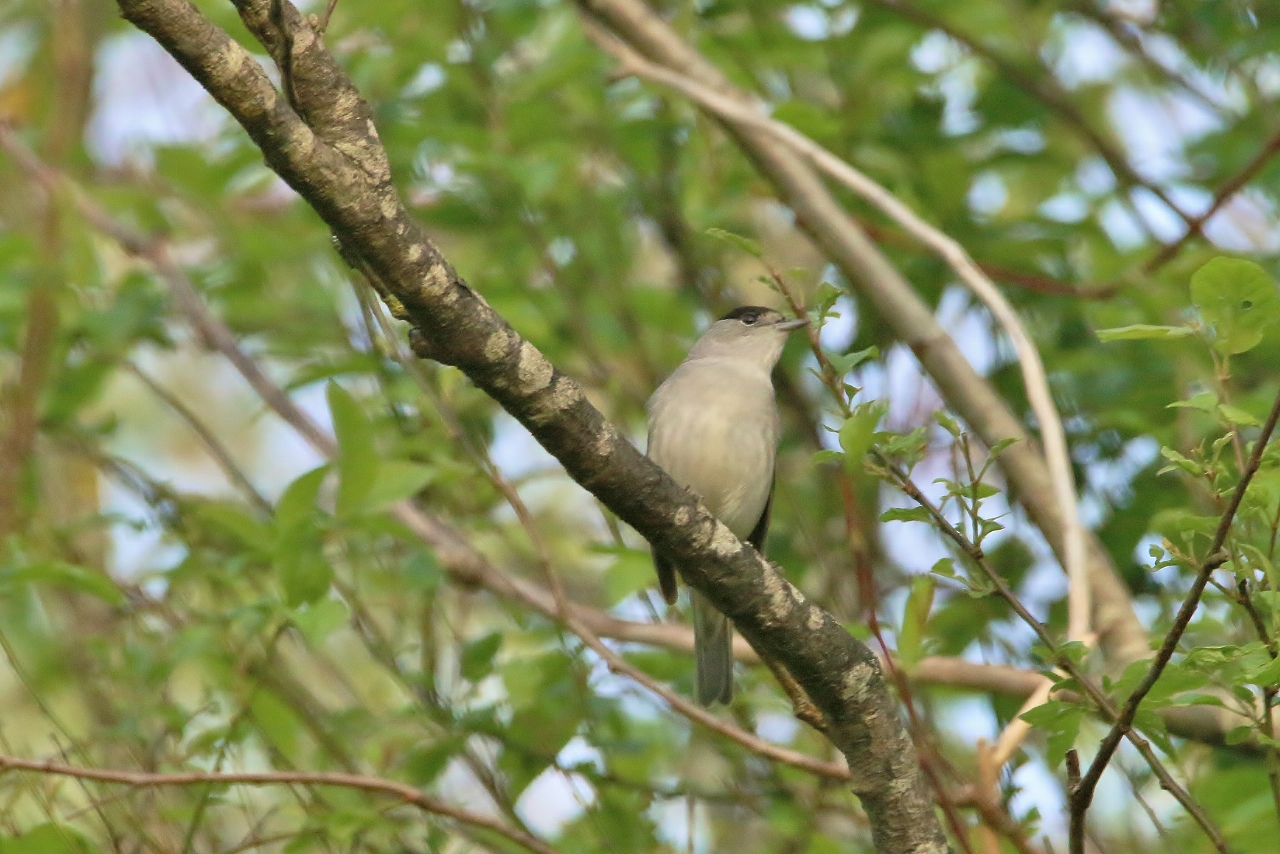
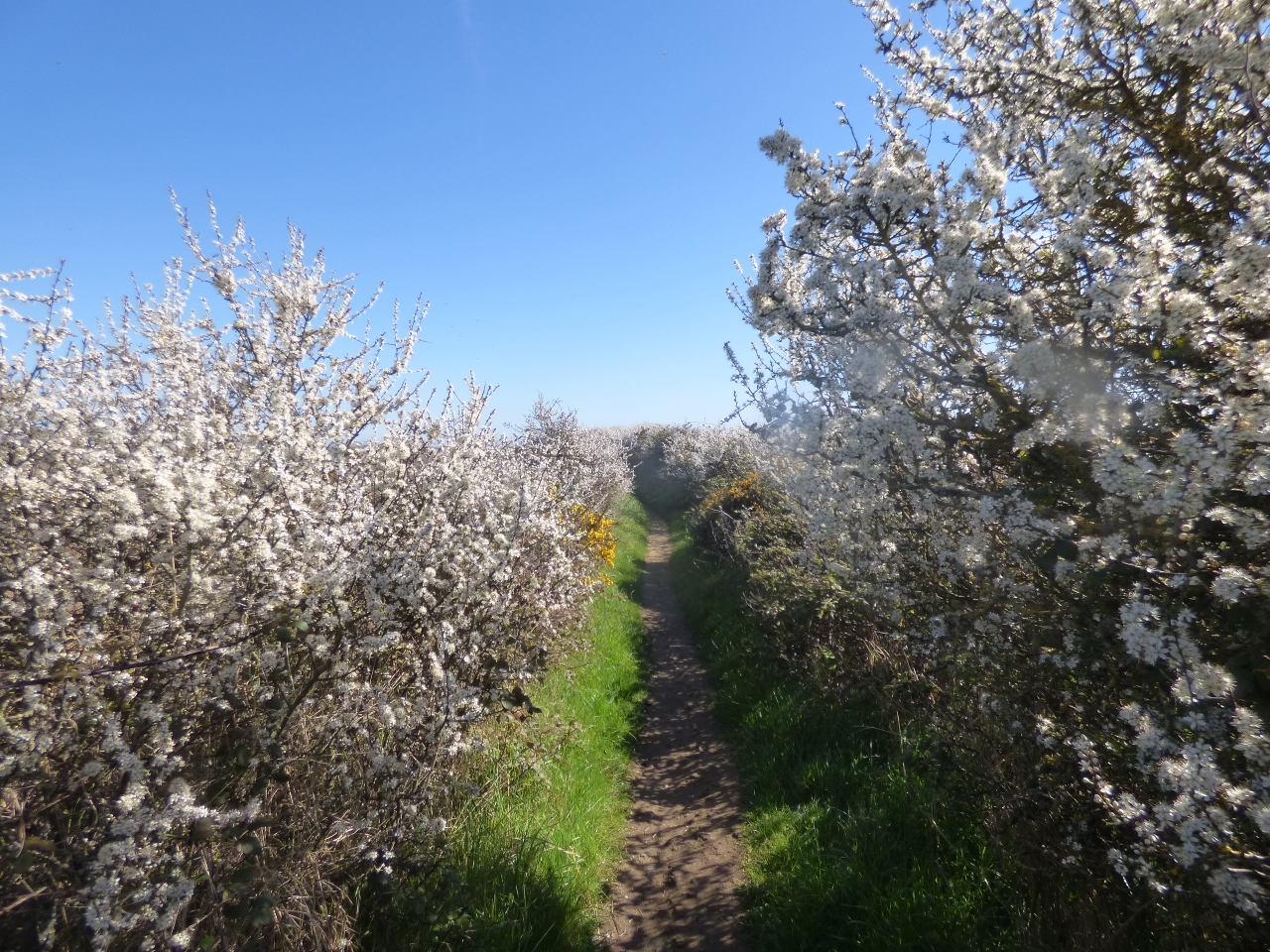


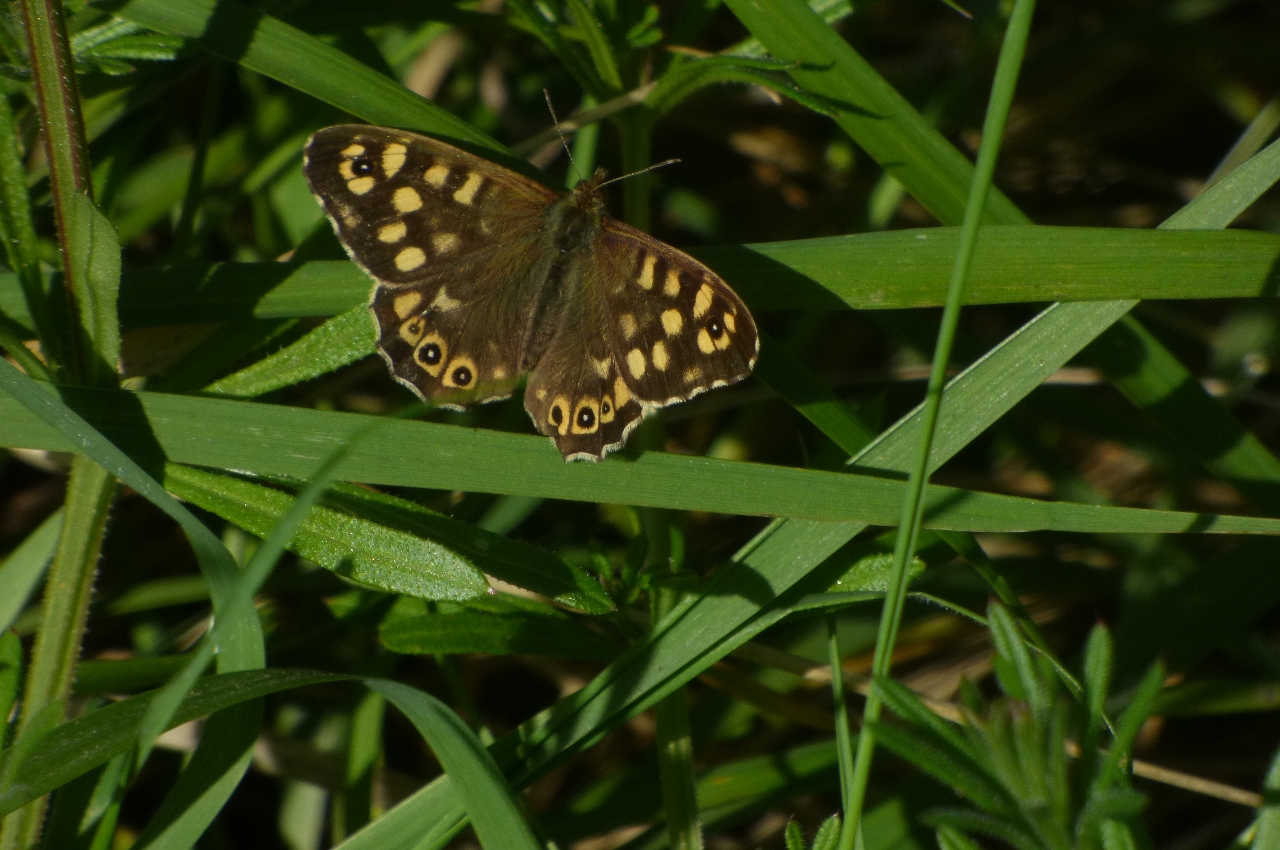
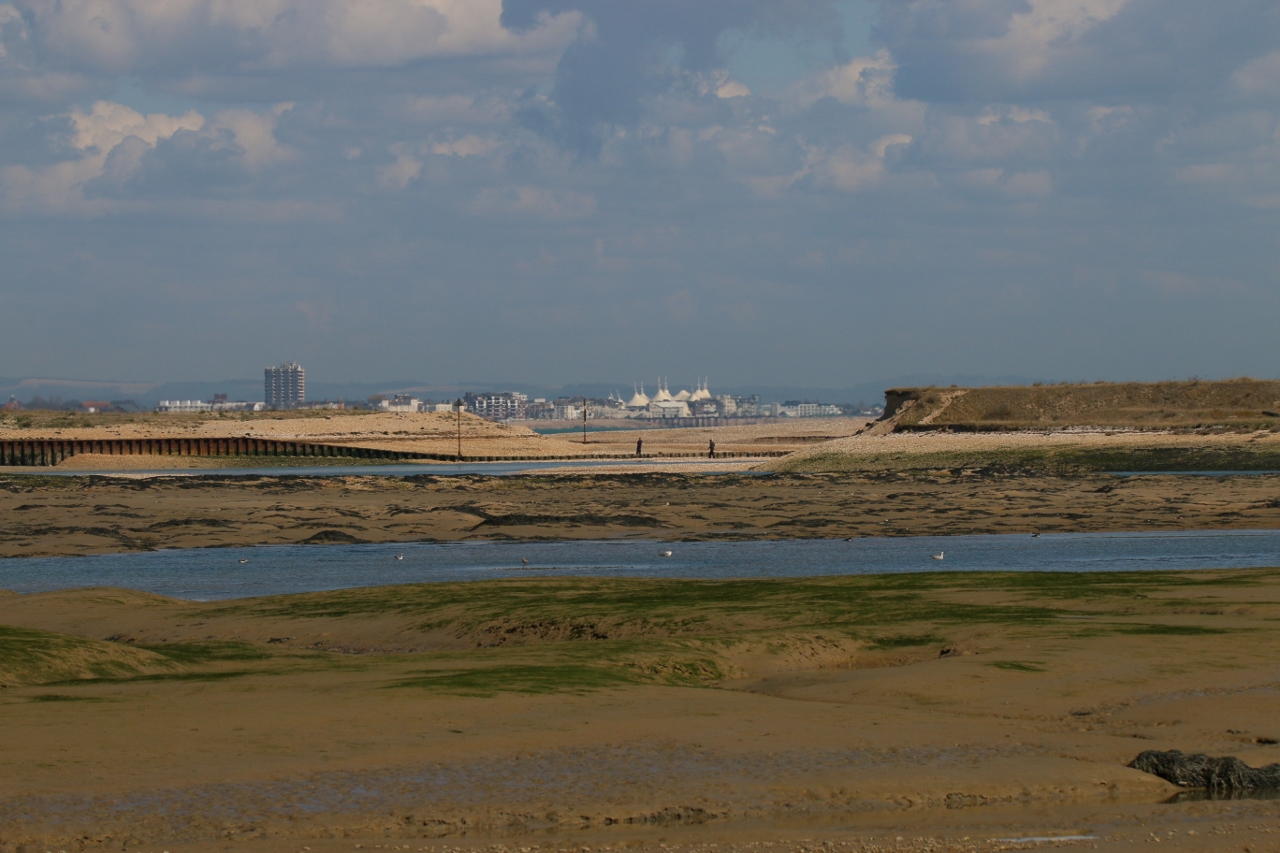
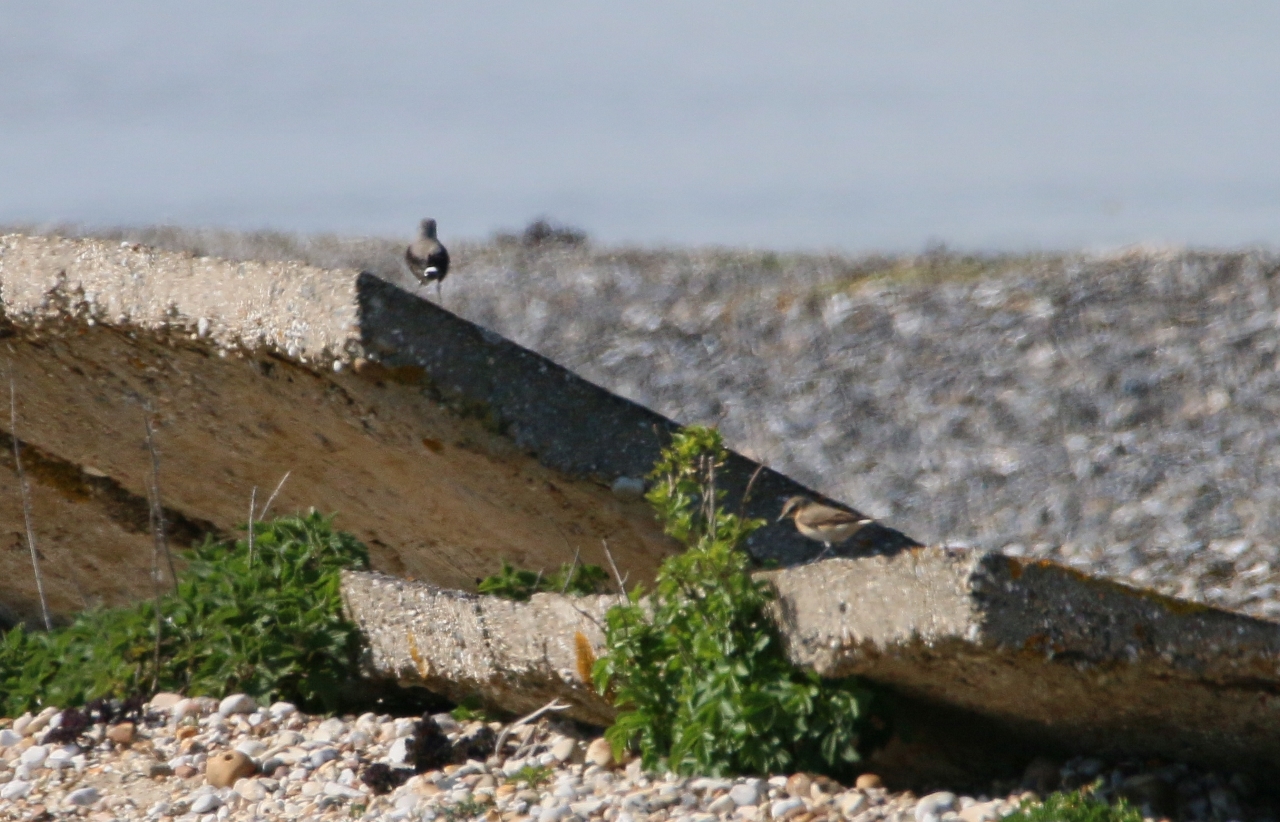
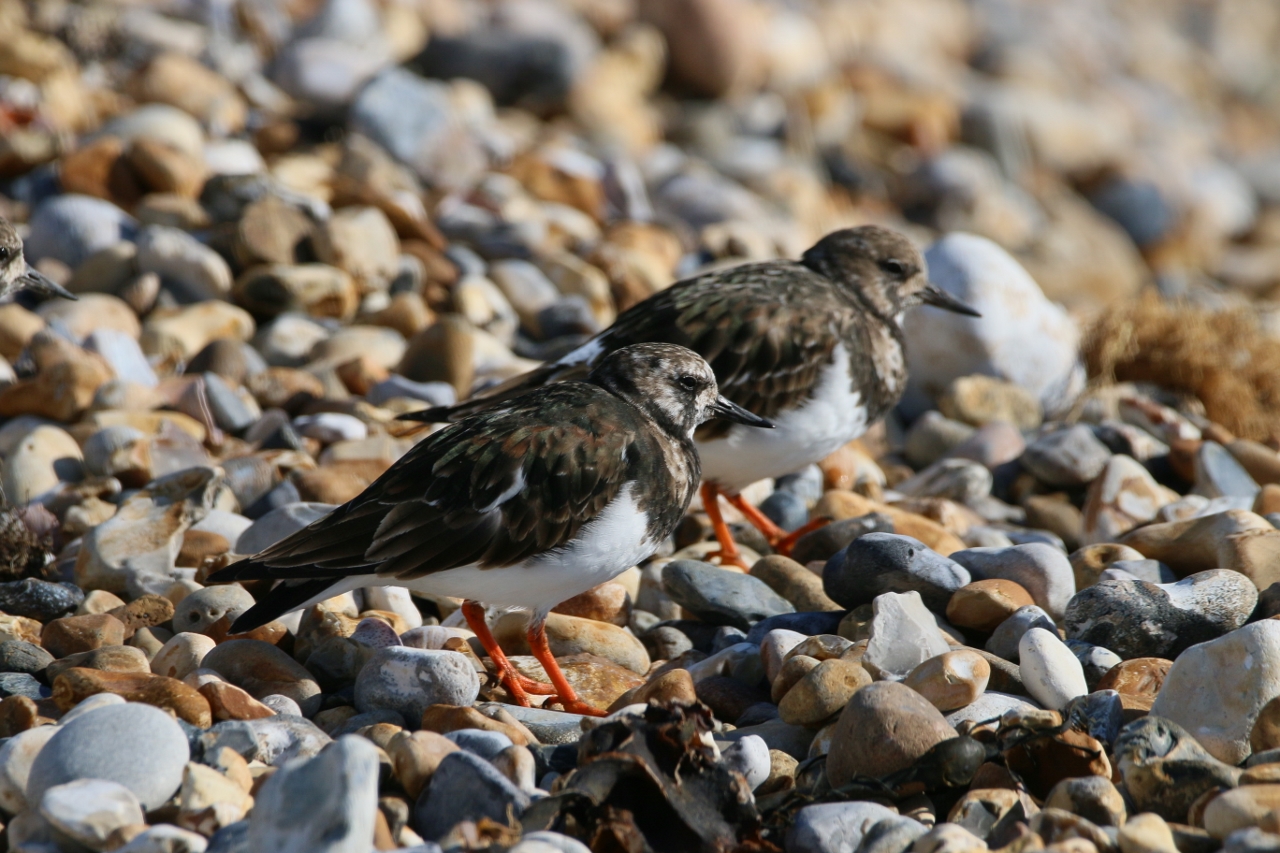
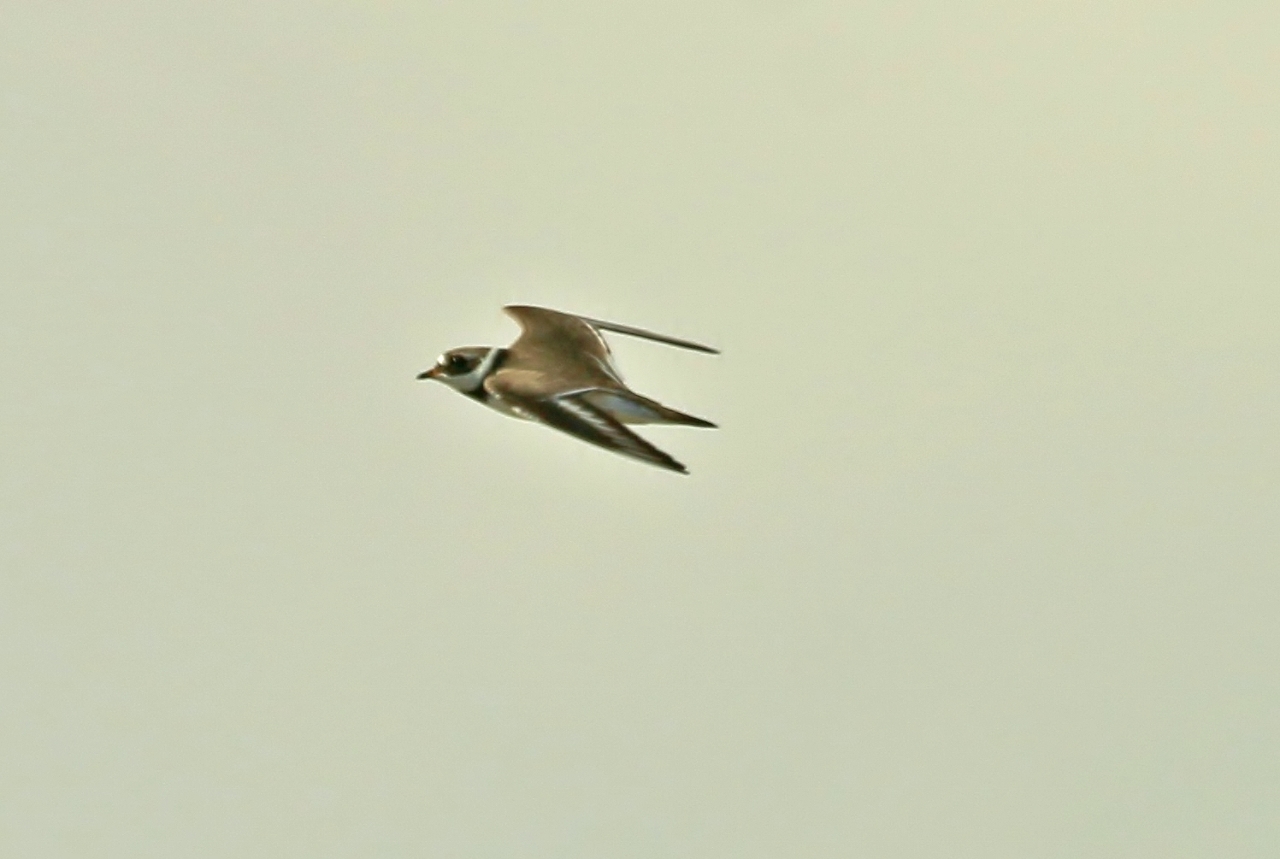

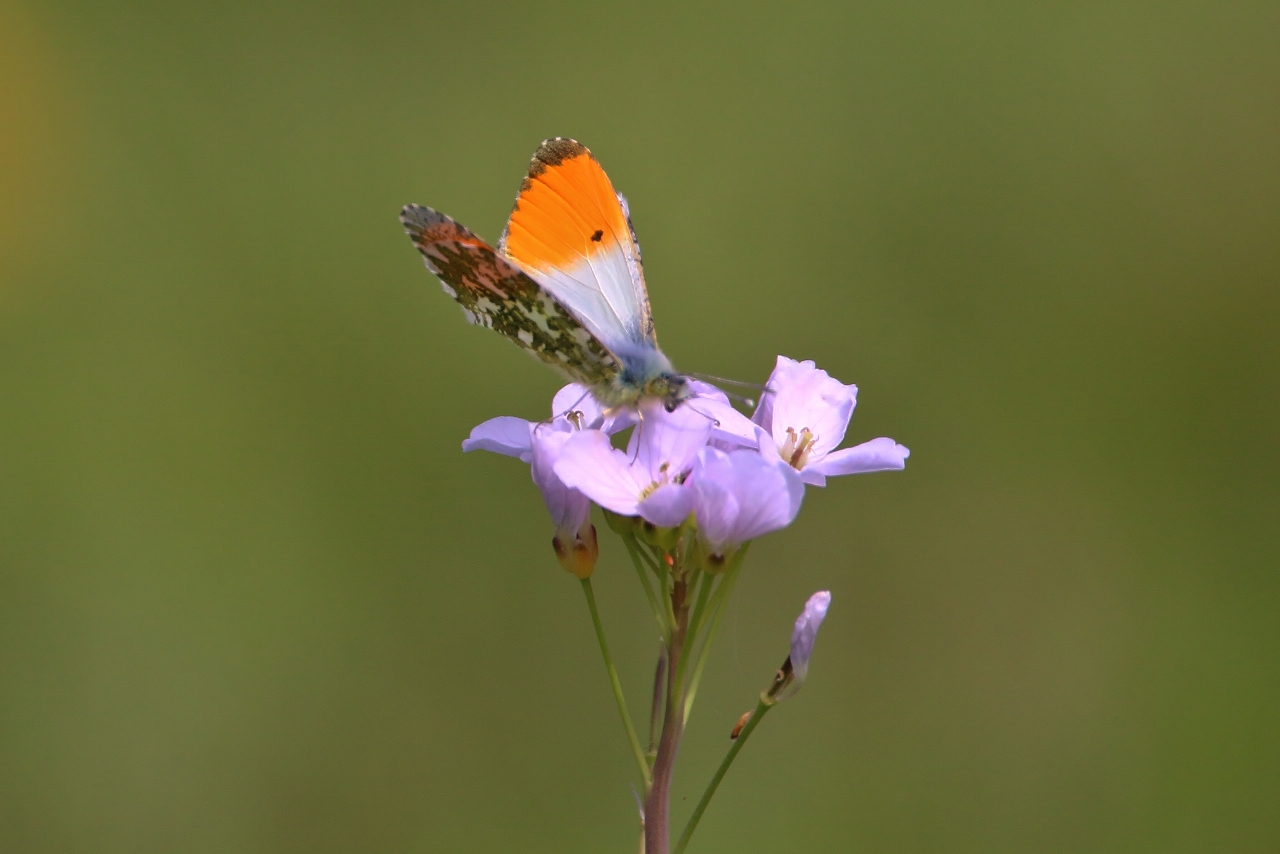

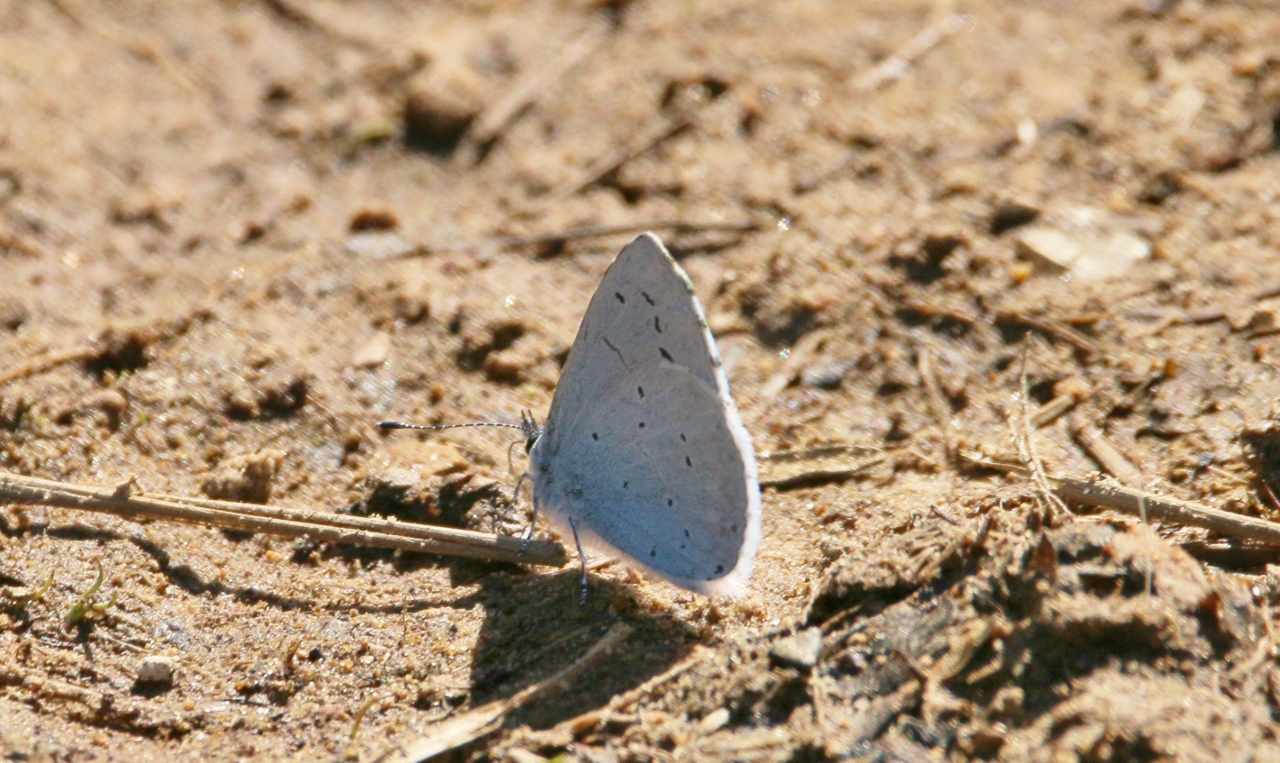




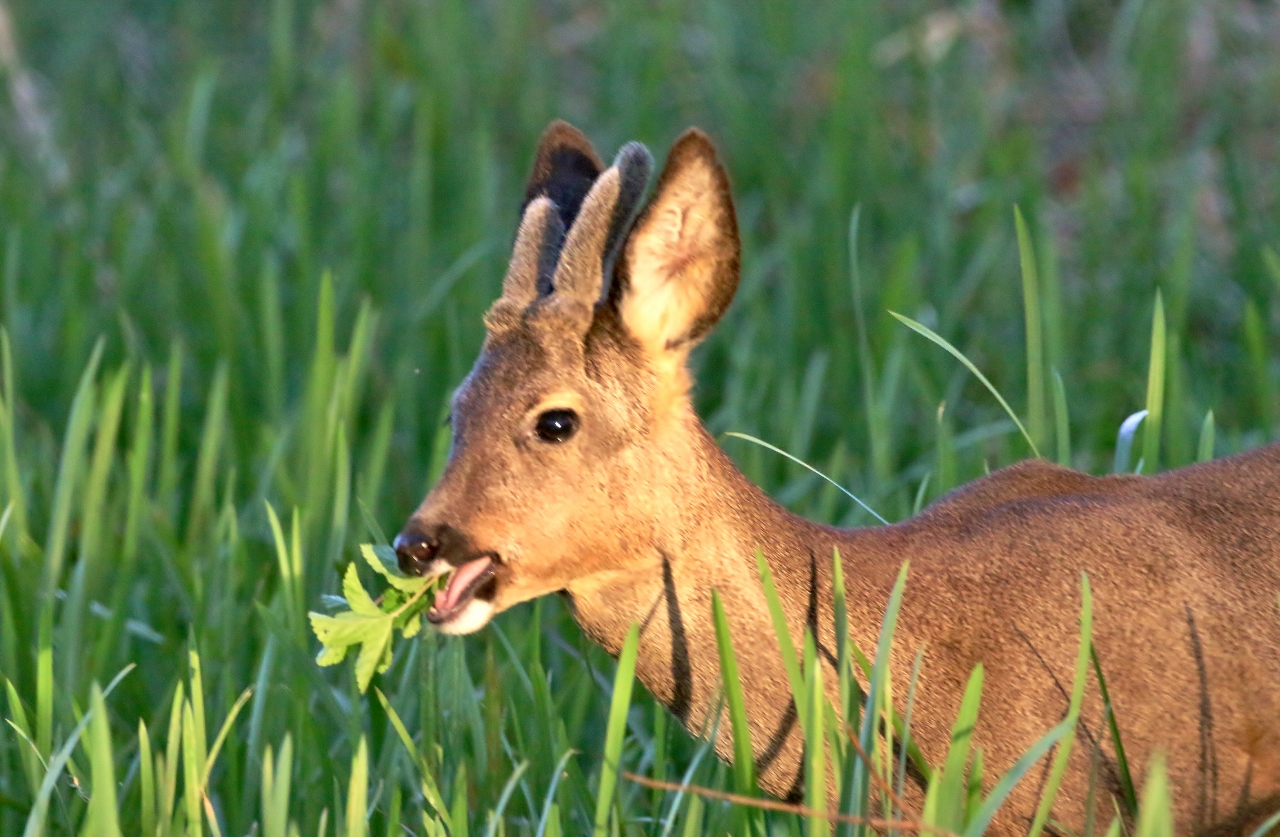
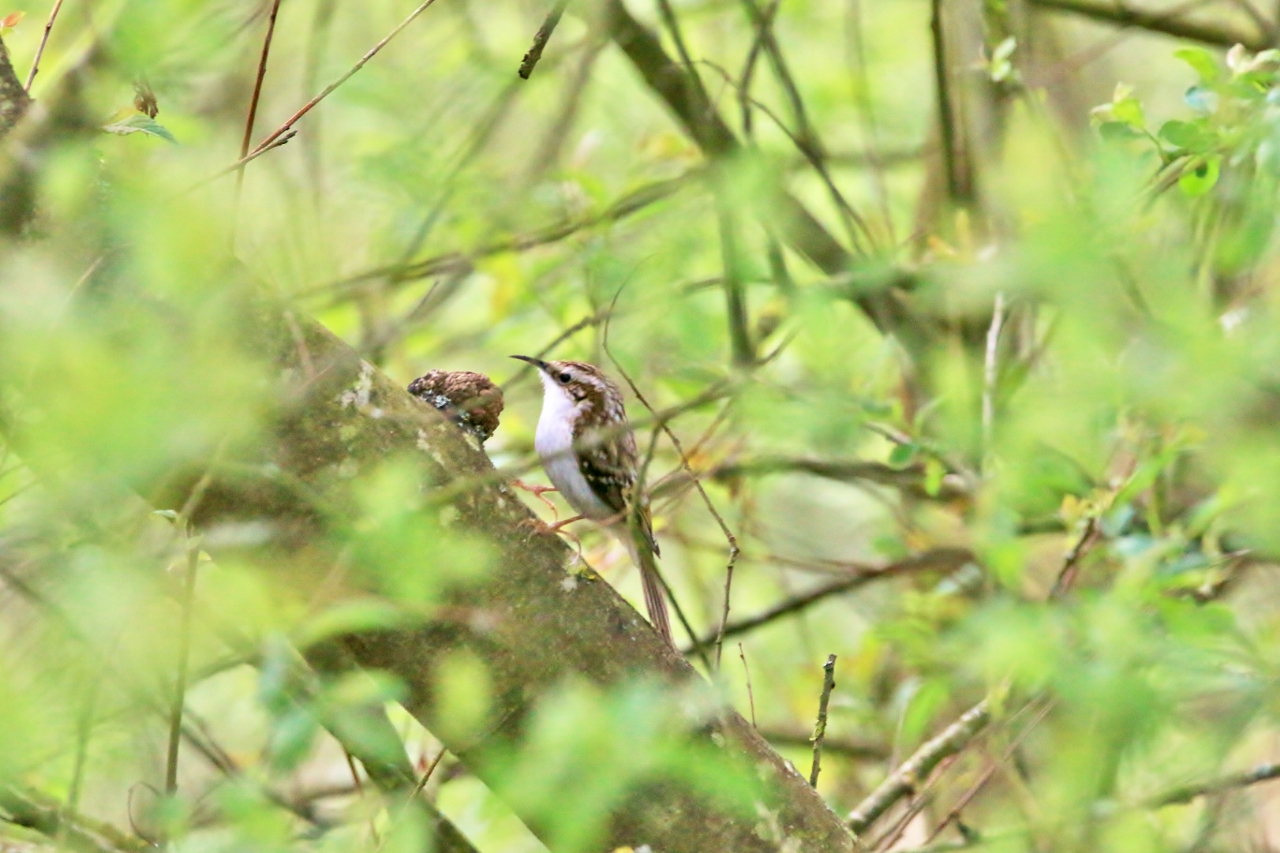

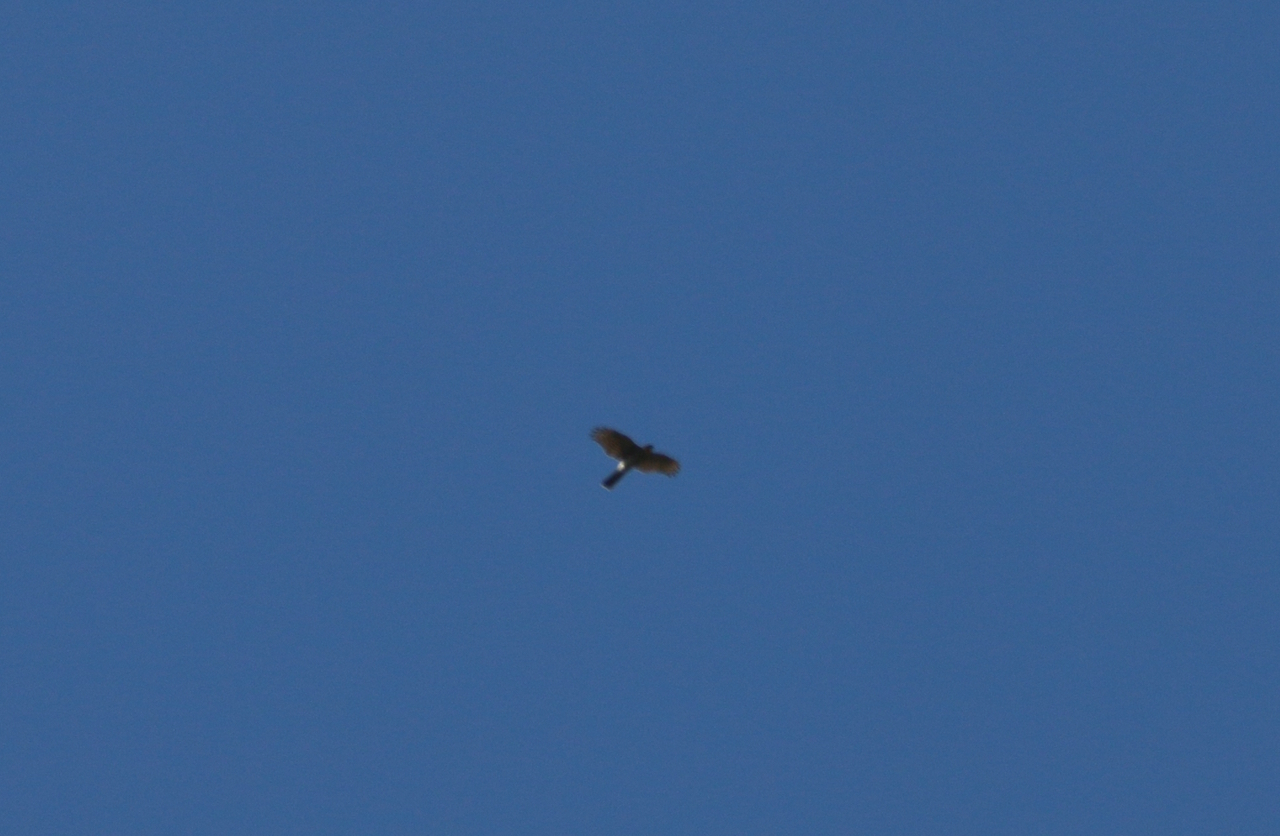
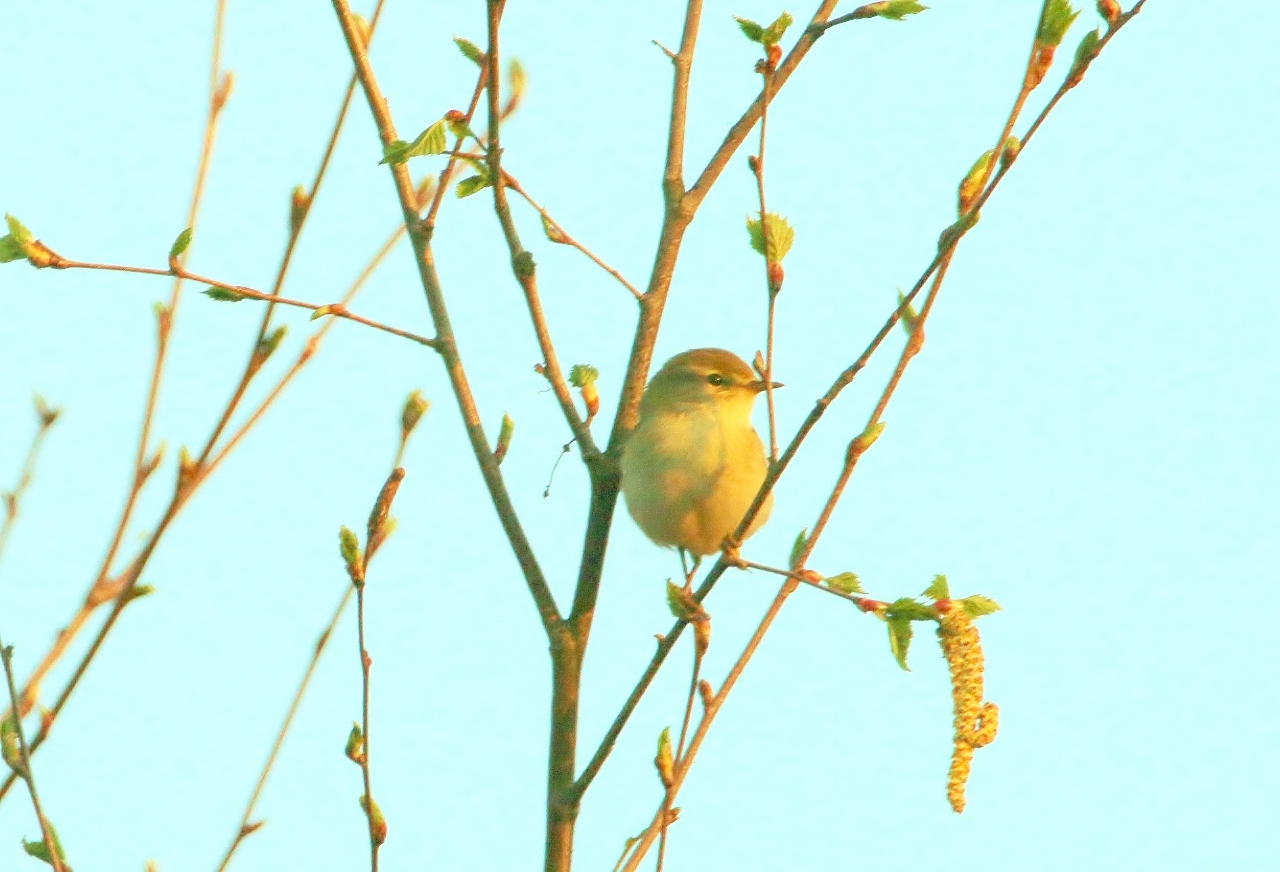
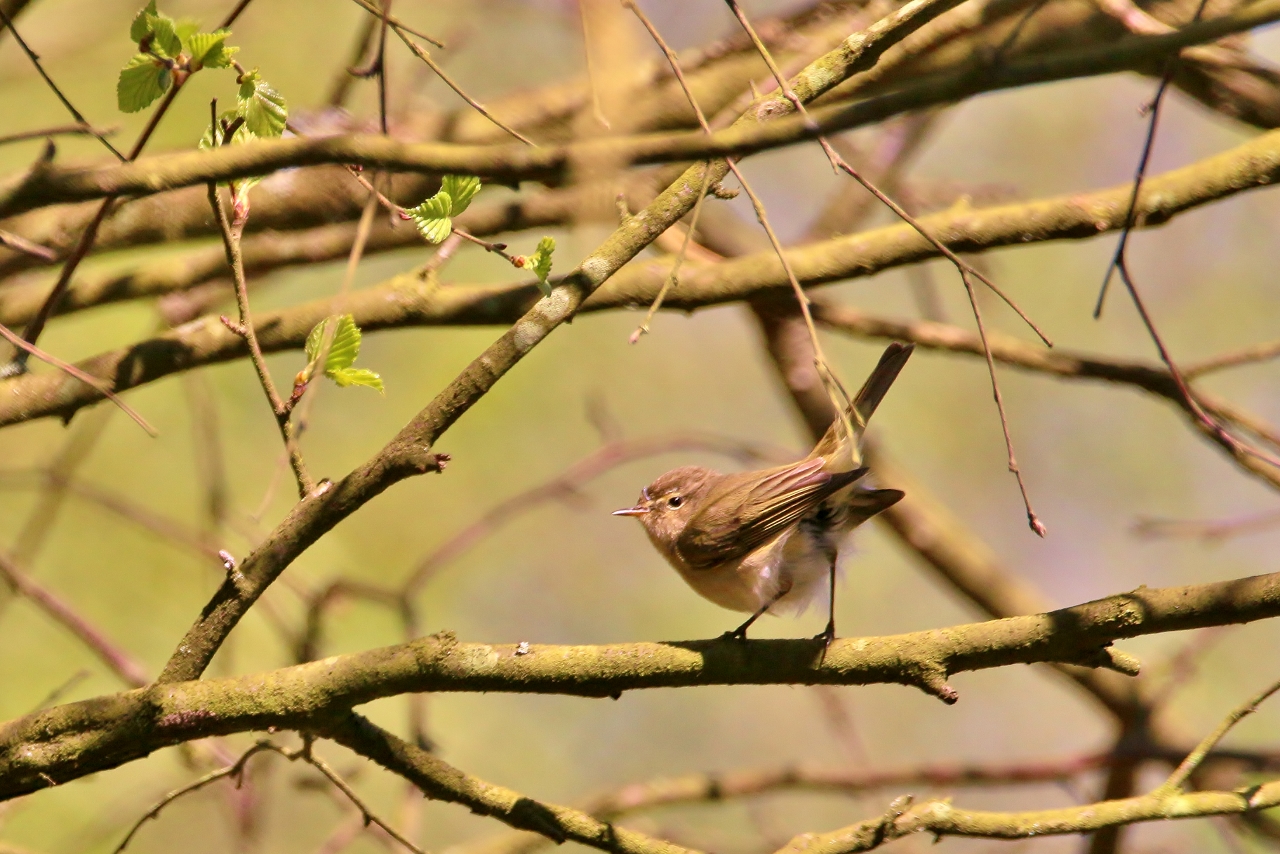




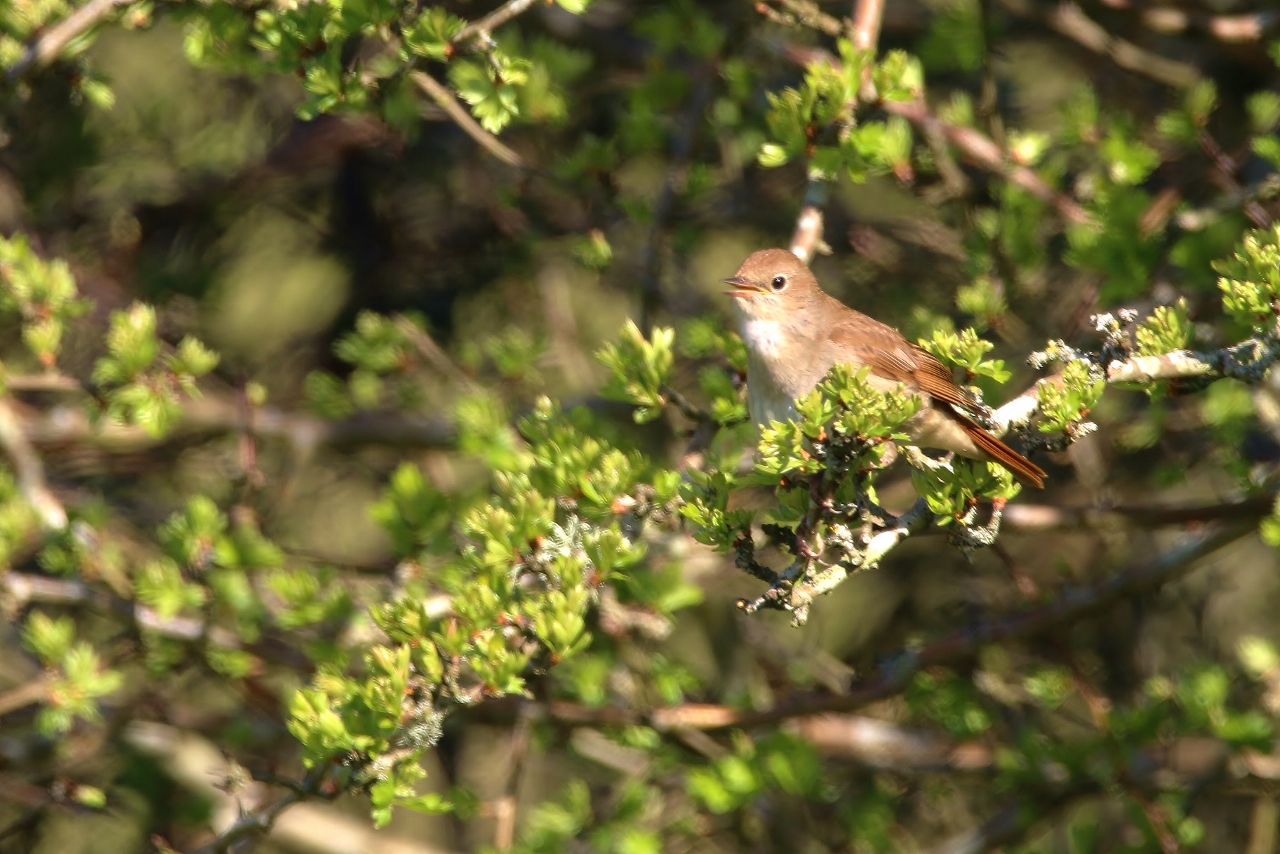
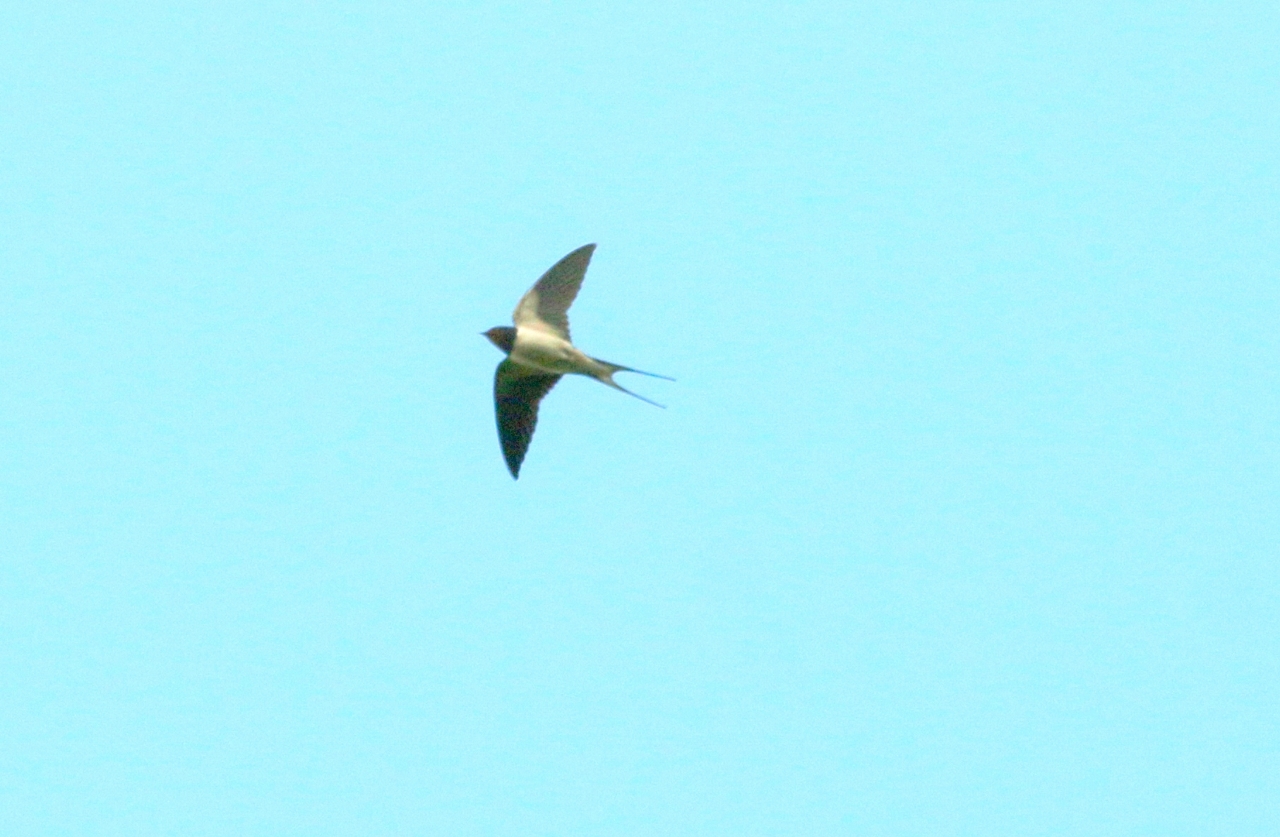
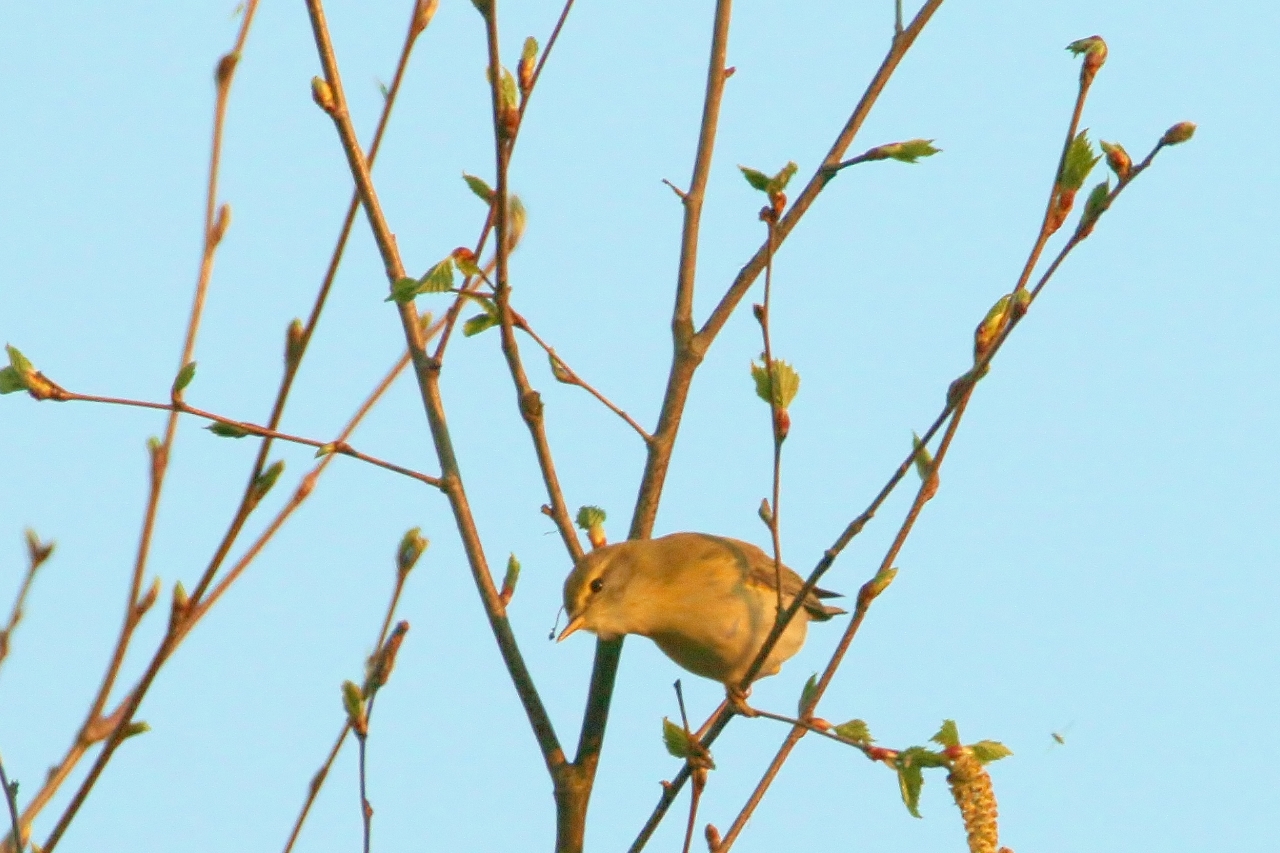
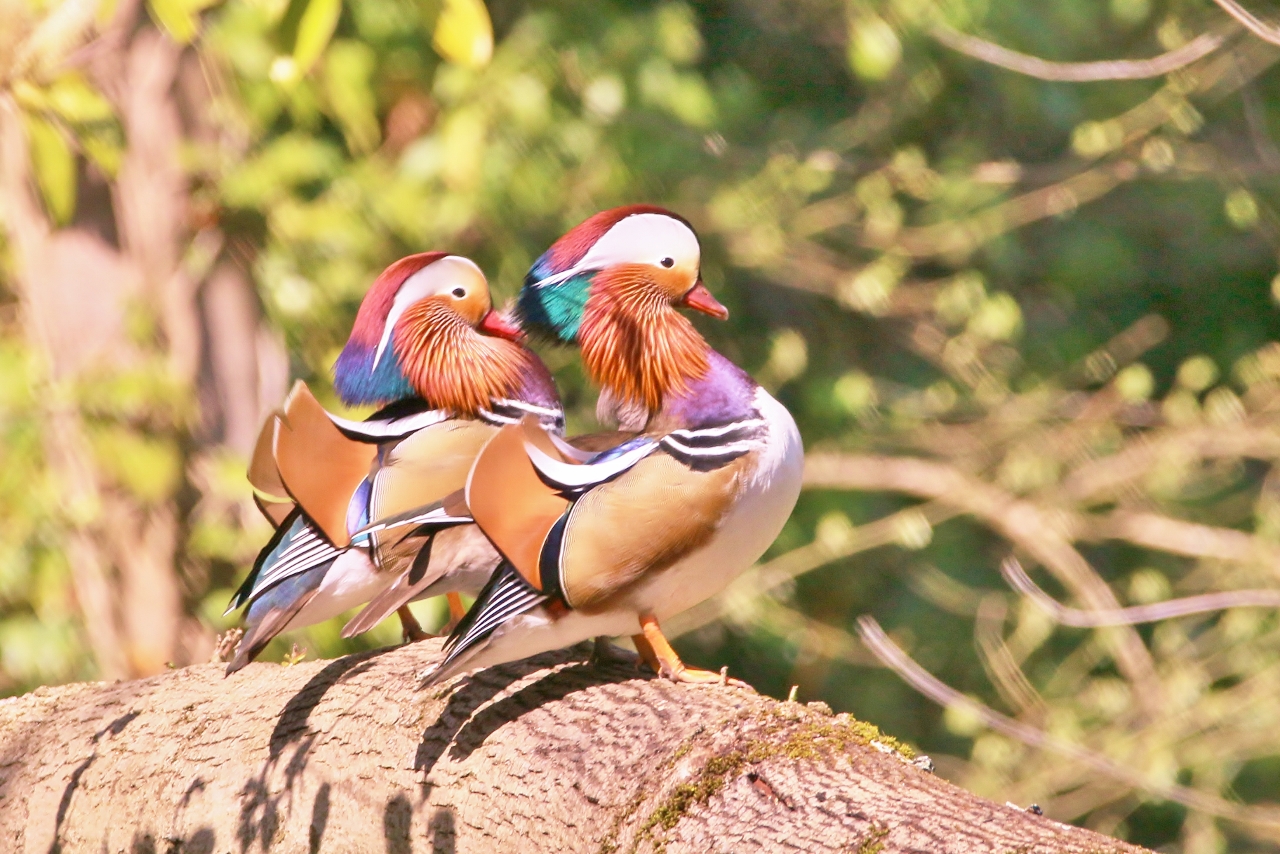

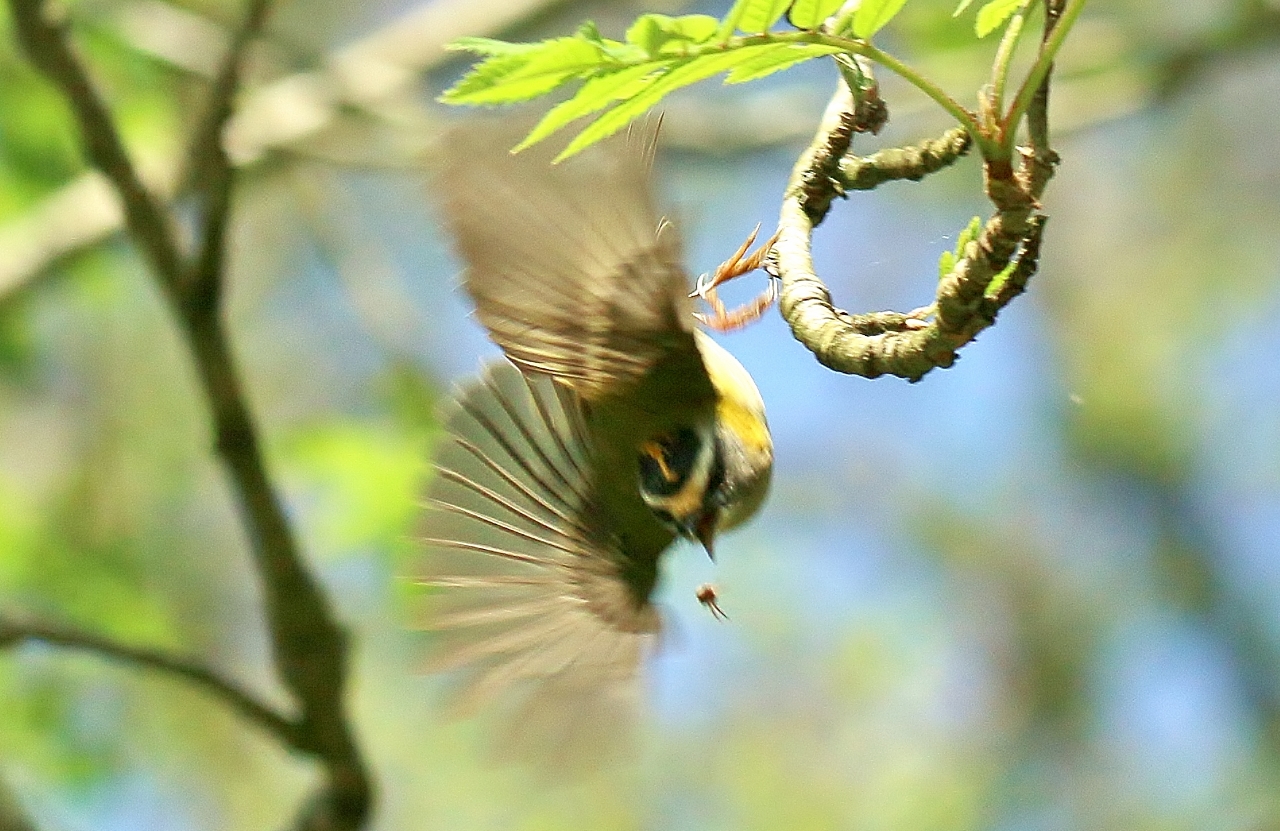
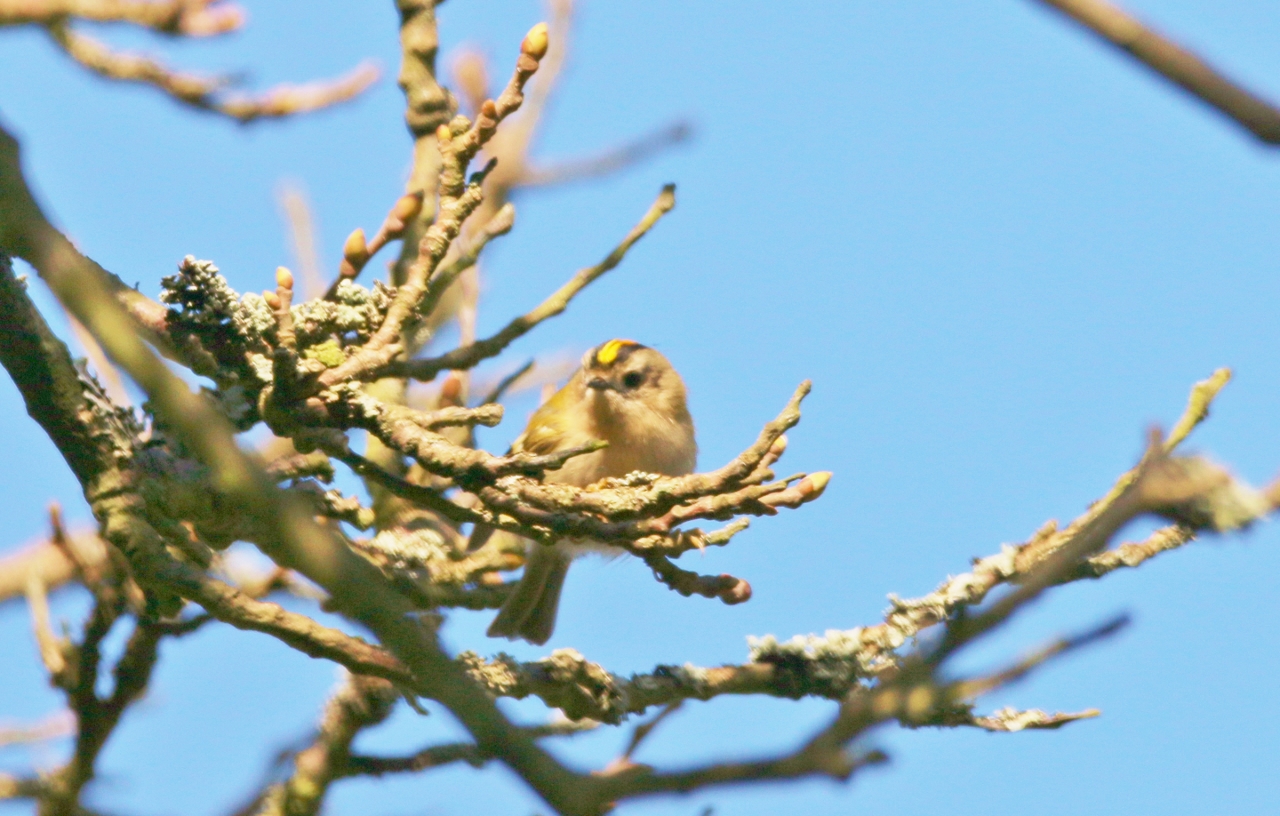
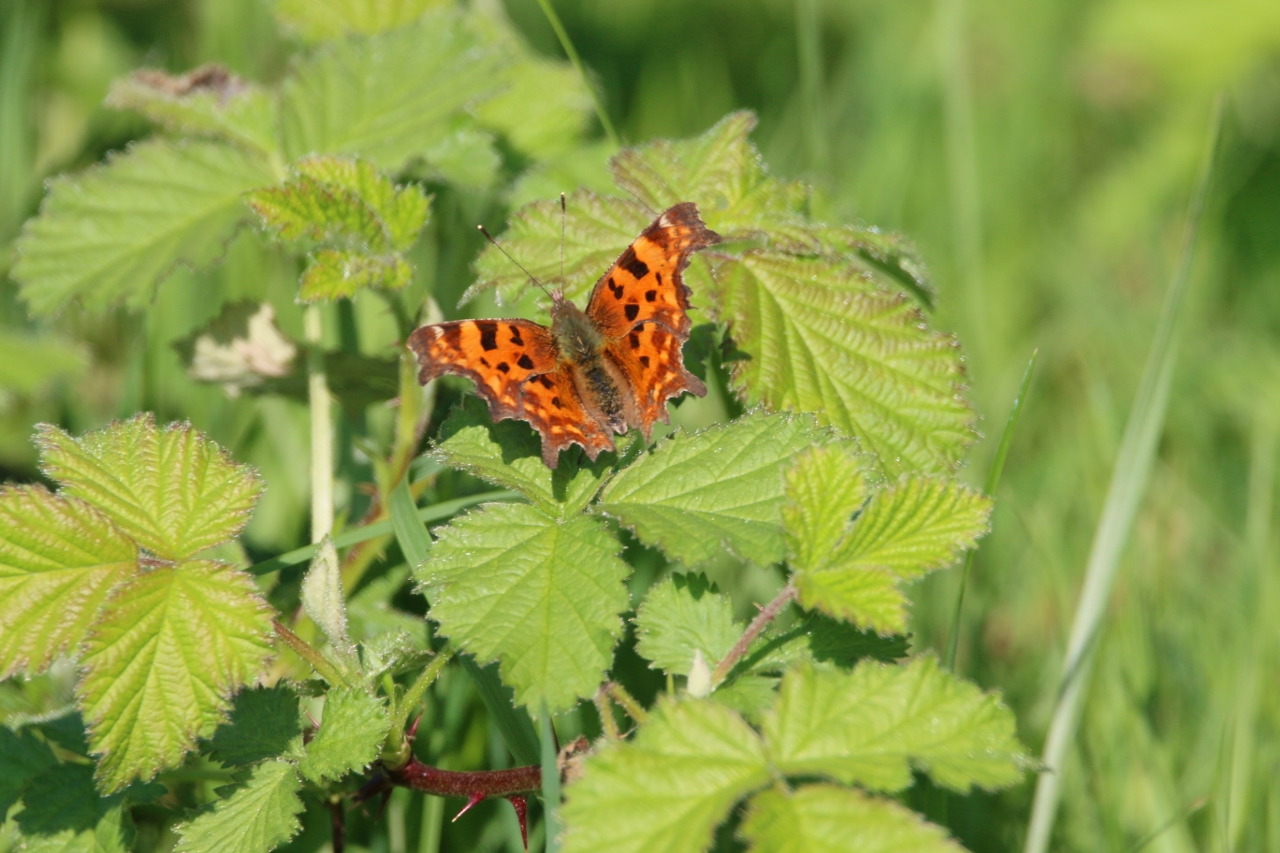

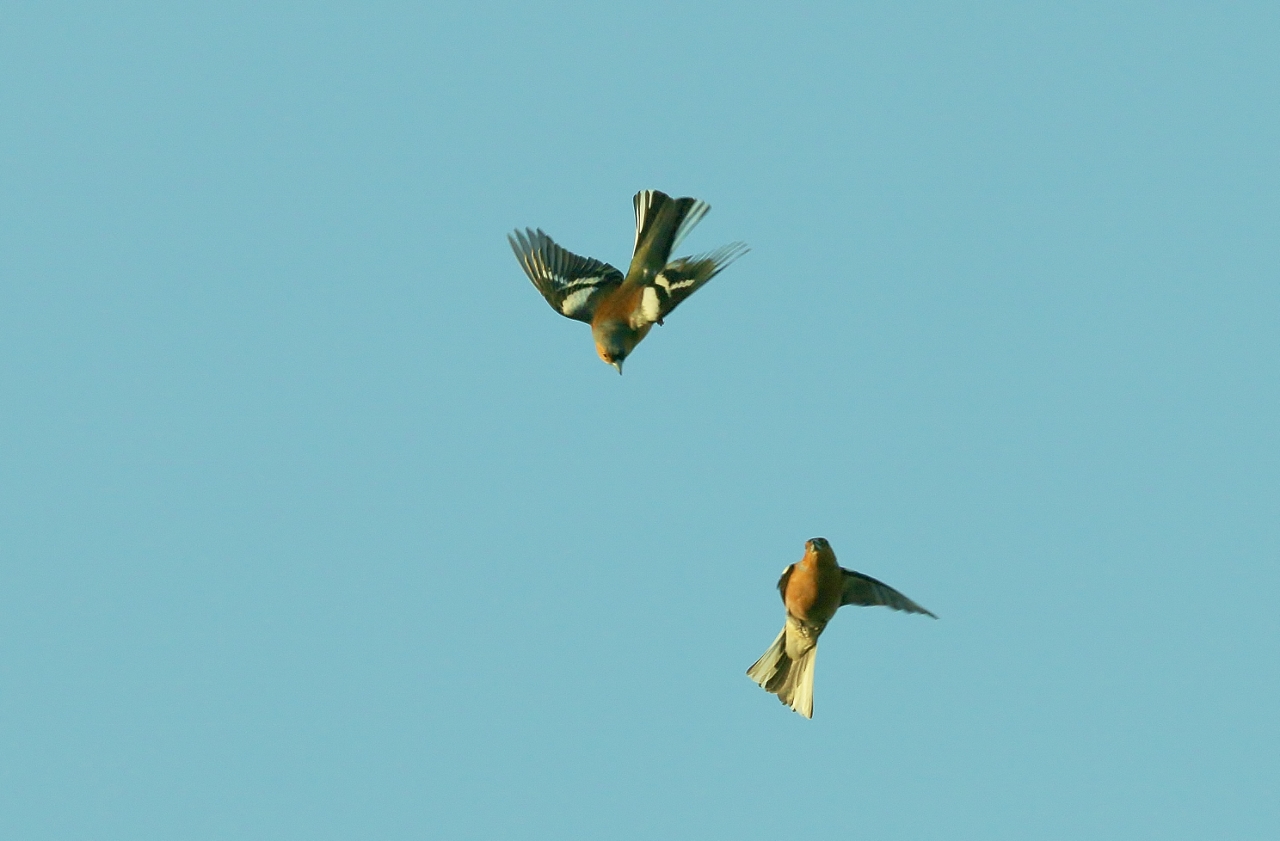
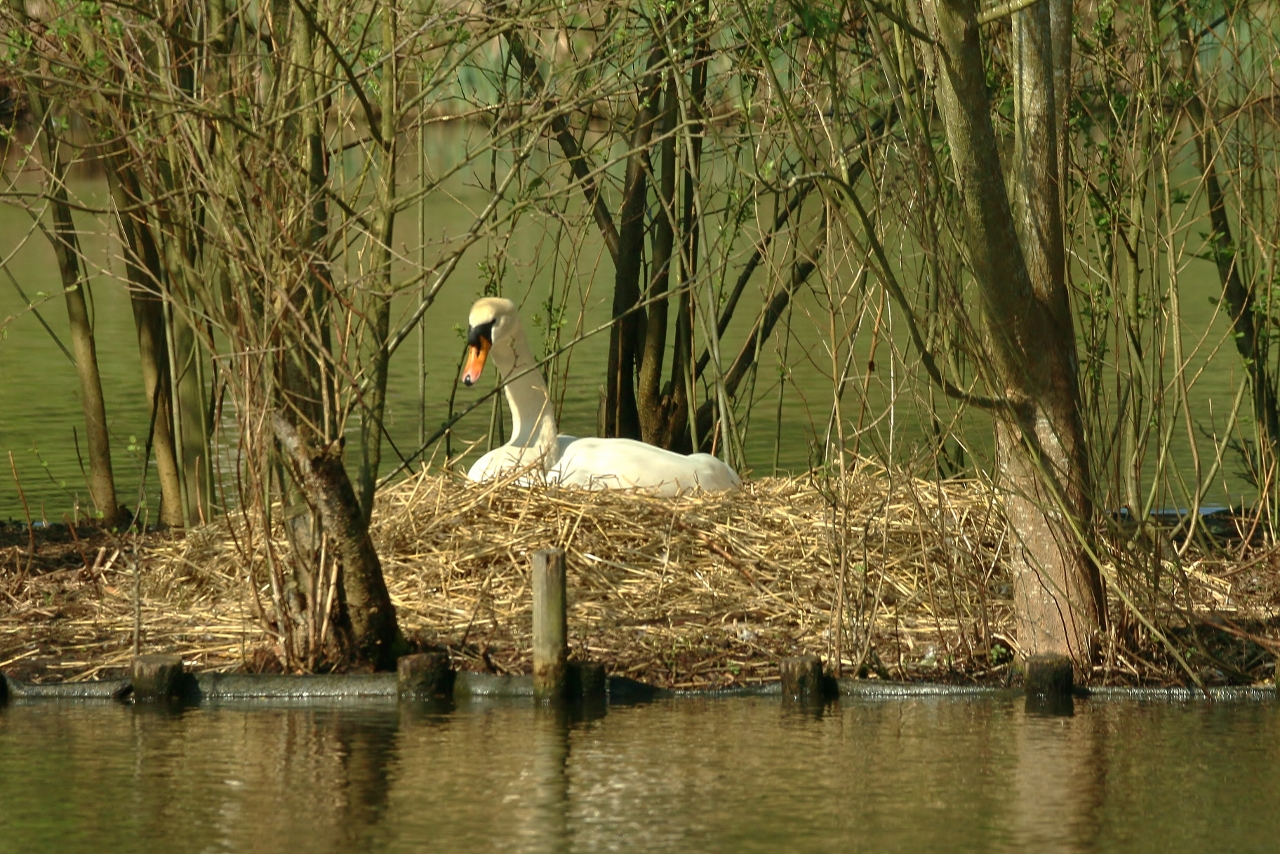







Harry Eve
April 17, 2017 at 7:44 am
Great photo of the pair of orange tips. We could see far more of these if we showed more understanding of their life cycle. One of the most important plants for their caterpillars is garlic mustard (aka jack by the hedge) which most gardeners dismiss as a weed.
Even where it does grow, it becomes “untidy” once it goes to seed and while the caterpillars are still feeding on it. Even along footpaths it gets strimmed away and the eggs laid by butterflies that stray into built-up areas are nearly all wasted by those who see only untidiness.
Malcolm Fincham
April 19, 2017 at 2:18 pm
I would like to thank Harry Eve for his interesting comment about the orange tip butterfly.